How to Avoid Common Piercing Problems: Infections, Healing Bumps, and More
Getting a new piercing is an exciting experience, but it’s important to understand that proper care is key to ensuring your piercing heals well and stays healthy. Unfortunately, there are a few common problems that can arise during the healing process, such as infections, keloids, and jewelry rejection. Fortunately, with the right knowledge and aftercare routine, these issues can be avoided.
In this post, we’ll guide you through the most common piercing problems and how to prevent them so that your new piercing remains a source of pride rather than frustration.
Infections: Prevention and Care
Infections are a fairly common problem that people can experience after getting a piercing. While infections are often caused by bacteria entering the piercing site, you can minimize the risk significantly by following proper aftercare instructions.
How to Prevent Infections:
- Cleanliness is Key: Always wash your hands thoroughly before touching your piercing, jewelry, or aftercare products. Clean the area gently with glycerin soap and non-iodized sea salt. Avoid harsh products like alcohol or hydrogen peroxide, as they can irritate the piercing.
- Avoid Touching the Piercing: One of the easiest ways to introduce bacteria into your piercing is by touching it with dirty hands. If you need to touch your piercing, make sure your hands are clean, and never twist or move the jewelry unnecessarily.
- Keep the Piercing Dry: While it’s important to clean your piercing, you should also avoid excessive moisture. Excessive moisture, especially in public places like pools or hot tubs, can introduce bacteria and increase the risk of infection.
- Avoid Changing Jewelry Too Soon: Changing your jewelry too early (before your piercing is fully healed) can introduce bacteria to the area and cause irritation. Wait until your piercing has completely healed before considering any jewelry changes.
Signs of Infection to Watch Out For:
- Excessive redness or swelling
- Drainage that is green in color or bloody
- Increased pain that is worse than when you got it pierced or tenderness
- Heat around the piercing site
If you suspect an infection, don’t panic! Contact your piercer or a healthcare professional for guidance. In some cases, an infection can be treated with antibiotics, but if left untreated, it can lead to complications, so it’s important to address it as soon as possible.
Healing Bumps
Healing bumps and keloids are often confused with one another but they are not the same thing. Keloids are raised, thickened areas of scar tissue that form after a wound has healed. While they are more common in people with certain skin types or genetic predispositions, they can happen to anyone. Keloids are not as easy to get rid of and usually include the help from a doctor or dermatologist. Healing bumps, on the other hand, are flesh-colored bumps that are not firm like a scar. They are a lot more common and can go away with time, patience, and vigilant care.
How to Prevent:
- Choose the Right Piercing Location: If you have a history of keloids, consider avoiding piercings in areas that are prone to scarring. Consult with your piercer beforehand, as they may be able to recommend more favorable piercing sites for your skin type. Healing bumps can happen anywhere but are more likely to appear on piercings with cartilage such as the nostril or the upper portions of the ear.
- Don’t Over-Stretch the Piercing: Avoid jewelry that is too tight or too large for your piercing. Over-stretching the piercing can lead to additional tension on the skin and increase the risk of either one of these.
- Follow Aftercare Instructions Carefully: Proper aftercare can help reduce the risk of scarring. Avoid sleeping on the side of your new piercing, and make sure it’s not subjected to unnecessary friction or pressure during the healing process.
- Consider Silicone Sheets: Some people who are prone to keloids use silicone sheets or gels to help flatten scar tissue and prevent the formation of large keloids. Talk to a dermatologist if you’re concerned about scarring.
What to Do If You Get One:
If you notice a keloid forming, it’s best to seek advice from your piercer or a dermatologist. If you have a healing bump, your piercer can give tips for getting it to go away. This will include more consistent aftercare and sometimes even the use of Tea Tree Oil. If you find yourself with a healing bump, we have a curated bundle on our webstore that includes all three products – https://almostfamouspiercing.com/product/healing-bump-aftercare-bundle/
Jewelry Rejection: Causes and Prevention
Jewelry rejection occurs when your body begins to push the jewelry out of the piercing. This can happen with any type of piercing, but it’s most common in surface piercings or areas where the jewelry isn’t sitting properly.
How to Prevent Jewelry Rejection:
- Choose the Right Jewelry: High-quality jewelry made from biocompatible materials, like titanium, gold, or surgical stainless steel, is essential. These metals are less likely to irritate the piercing site and are less likely to cause rejection.
- Proper Sizing: It’s crucial to choose jewelry that fits the piercing correctly. Jewelry has to be large enough to allow for swelling during the healing process but after that, jewelry that is too small or too large can put unnecessary stress on the piercing, leading to rejection. Always consult your piercer to ensure the jewelry fits properly.
- Don’t Change Jewelry Too Soon: Changing jewelry before your piercing has fully healed can disrupt the healing process and increase the chances of rejection. Wait until your piercing is completely healed before changing out the jewelry.
- Avoid Unnecessary Movement: Constantly moving or twisting the jewelry can irritate the piercing and increase the likelihood of rejection. Leave the jewelry alone to let the body heal and adapt to it.
Signs of Jewelry Rejection:
- The jewelry feels loose or looks like it’s moving out of the piercing.
- The skin around the piercing appears thin or stretched.
- The piercing site becomes red, inflamed, or irritated.
If you suspect your jewelry is being rejected, it’s important to address it quickly. Visit your piercer to evaluate the situation and decide whether the jewelry needs to be replaced or the piercing needs to be removed.
Other Common Piercing Issues:
Allergic Reactions
Some people are allergic to certain metals, such as nickel, which can cause irritation or rashes around the piercing. If you experience redness, itching, or swelling, it’s a good idea to switch to hypoallergenic jewelry made from titanium, gold, or high quality surgical stainless steel.
Conclusion
Proper aftercare is the key to avoiding the most common piercing problems, including infections, jewelry rejection, and more. By following the aftercare routine suggested, using high-quality jewelry, and being mindful of your piercing’s healing process, you can enjoy your new piercing without complications.
If you do encounter any issues, it’s important to consult your piercer or a healthcare professional promptly to address the situation before it becomes more serious. With the right care, your piercing will be a beautiful addition to your style!


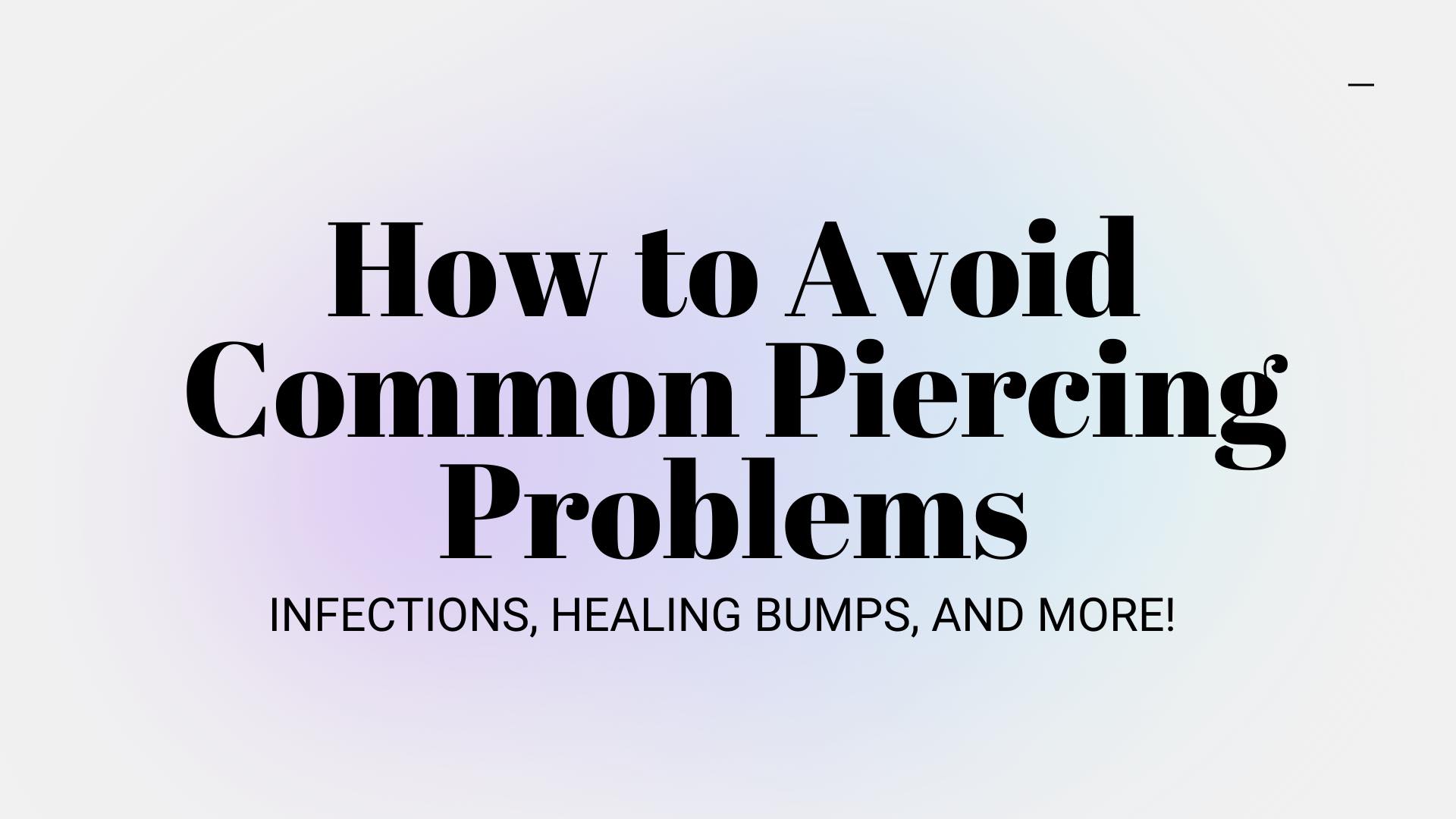
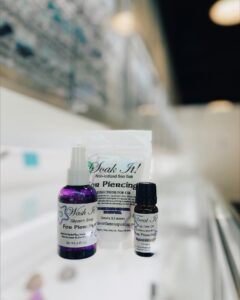

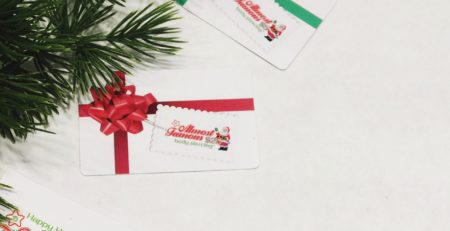
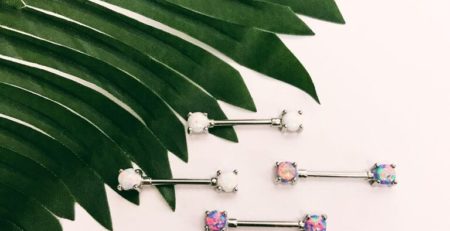
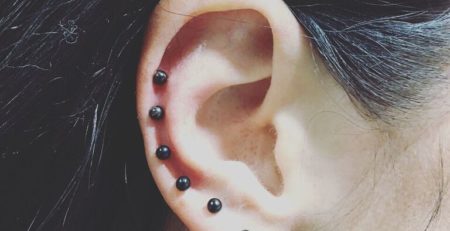
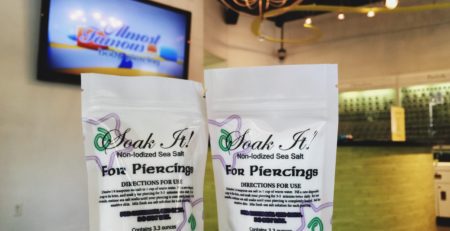


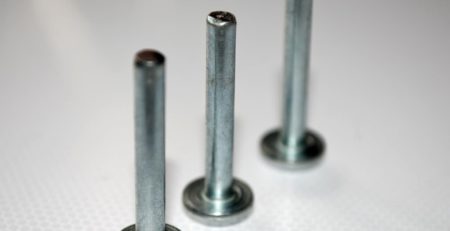
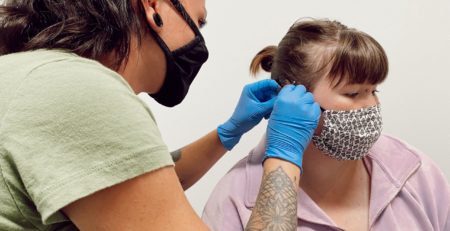


Leave a Reply